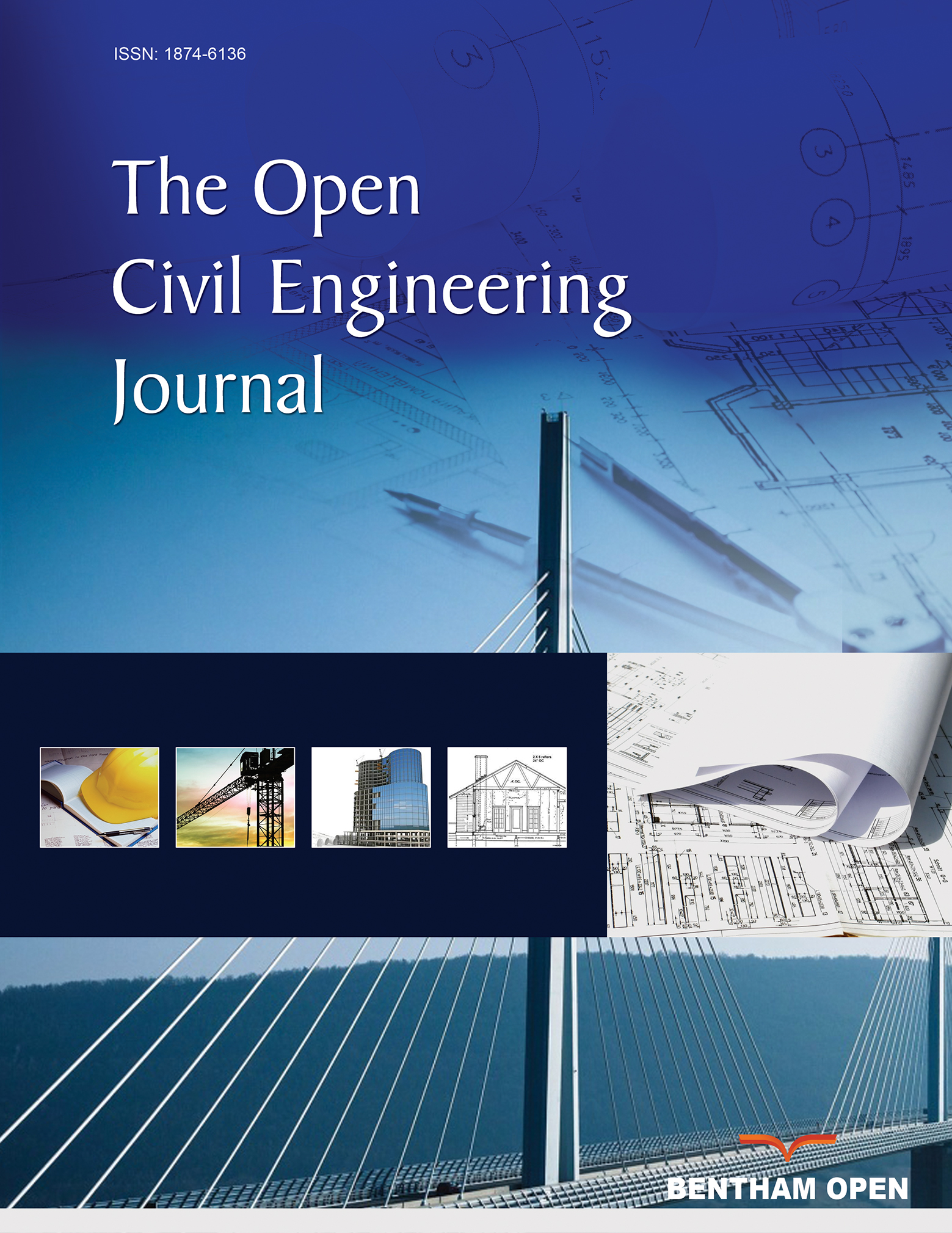All published articles of this journal are available on ScienceDirect.
Seismic Vulnerability Assessment of Existing Italian Hospitals: The Case Study of the National Cancer Institute “G. Pascale Foundation” of Naples
Abstract
Introduction:
A large portion of the Italian built heritage is characterized by a significant seismic vulnerability since many structures were designed with outdated criteria, i.e., without accounting for seismic actions. This aspect is particularly relevant for strategic structures and infrastructures, whose functionalities are crucial in case of seismic events.
Objective:
The main aim of the present paper is to share the key findings related to the seismic vulnerability assessment of the National Institute for the Study and Treatment of Cancer (IRCCS) “Giovanni Pascale Foundation” in Naples. In particular, the main evidences could be easily extended to existing hospitals realized in the last century, with the main reference to: construction techniques, quality of constructional material, overt and convert seismic vulnerabilities and possible intervention strategies for risk mitigation.
Methods:
In the present paper, the assessment methodologies adopted for such a strategic hospital complex are provided, focusing in particular on: i. preliminary research of original design documents and on-site investigation for determining constructional details; ii. material tests on structural elements; iii. vulnerability seismic assessment by means of non-linear FE analyses (push-over and capacity spectrum method); iv. recommendations on retrofitting measures and cost estimations.
Results:
The conducted study puts into clear evidence the inadequacy of the investigated buildings to face the design seismic actions provided by the current Italian code and thus showed the significant seismic vulnerabilities affecting the Institute “G. Pascale Foundation” of Naples. Among these, particular attention has also been focused on the so-called intrinsic vulnerabilities, namely the ones not measurable explicitly and interesting non-structural elements (e.g., connection of shelves, stained glass windows, facilities, etc.).
Conclusion:
The presented case study highlights the strong seismic vulnerability affecting structures realized in the past century, despite their strategic functions. On the whole, the examined structures can be considered as representative of this building typology, and the adopted calculation criteria, as well as the assumptions of the assessment process, could be easily extended to similar case studies.


